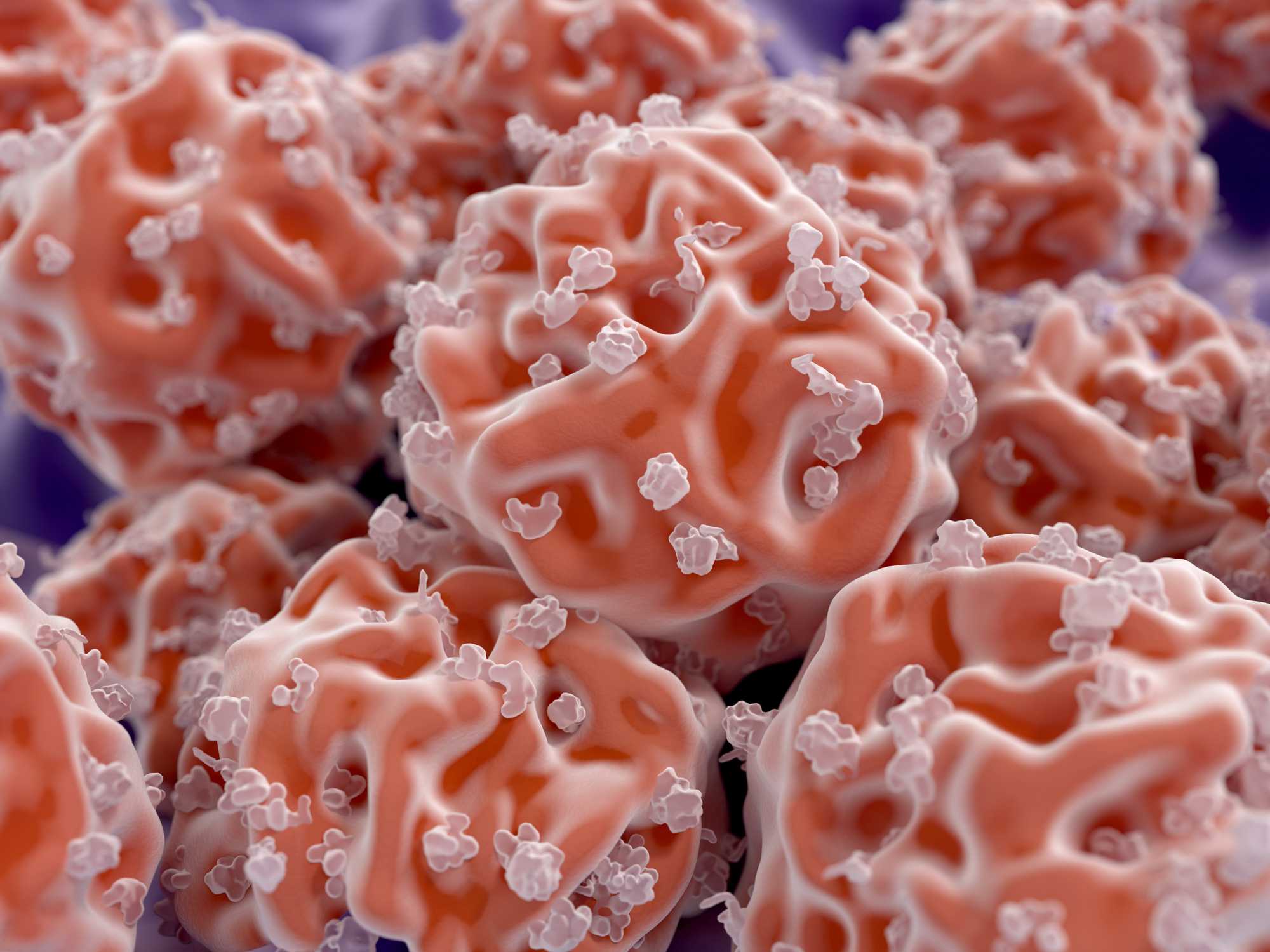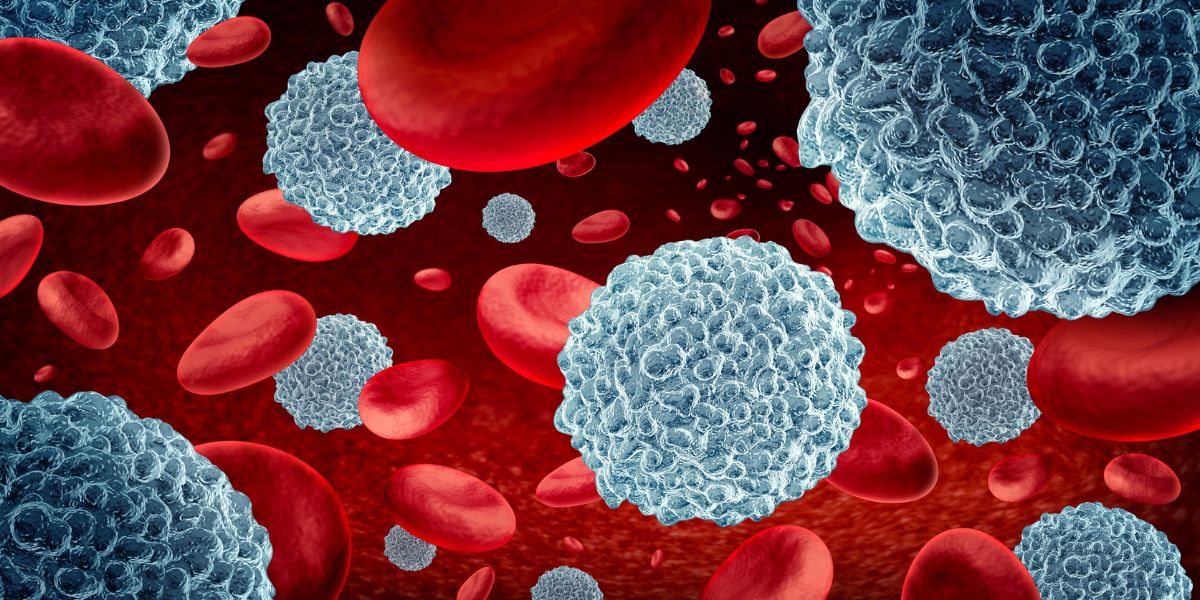Bone marrow is found in the middle of longer bones in the body. Bone marrow is a soft spongy tissue which is able to produce red and white blood cells and platelets.
The red blood cells carry oxygen round our body, white blood cells help to fight infection and platelets help the blood to clot when we suffer cuts or wounds.
Location of bone marrow
Bone marrow is mainly found in the following bones:
- The sternum (breast bone)
- The pelvis
- The femur (upper leg bone)
- The humerus (upper arm)
The bone marrow, within these bones, is fed by blood vessels which deliver oxygen and enable the marrow to release new blood cells into the bloodstream.
Bone marrow’s role in the immune system
Bone marrow plays an important role in the Fergus as it produces and releases the white blood cells. Some of these white blood cells will develop the properties of mature white blood cells in the thymus, an organ found in front of the heart, which will enable these cells to identify and attack infectious cells such as bacteria and viruses.
Bone marrow transplantation and type 1 diabetes
Type 1 diabetes is an autoimmune disease in which a form of white blood cells, T lymphocytes, attacks the beta cells in the pancreas which produce insulin.
Bone marrow transplantation has had success in helping people with type 1 diabetes to come off insulin for up to a number of years.
Procedures carried out in Brazil allowed around half of 23 bone marrow transplant recipients to go injection free for over 3 years whilst around a third needed only intermittent insulin injections
The NHS notes that a bone marrow transplant is a complicated procedure that carries significant risks.
Preparation before a bone marrow transplant involves radiotherapy to remove the existing characteristics of the immune system and complications may develop as a result of the transplant.





